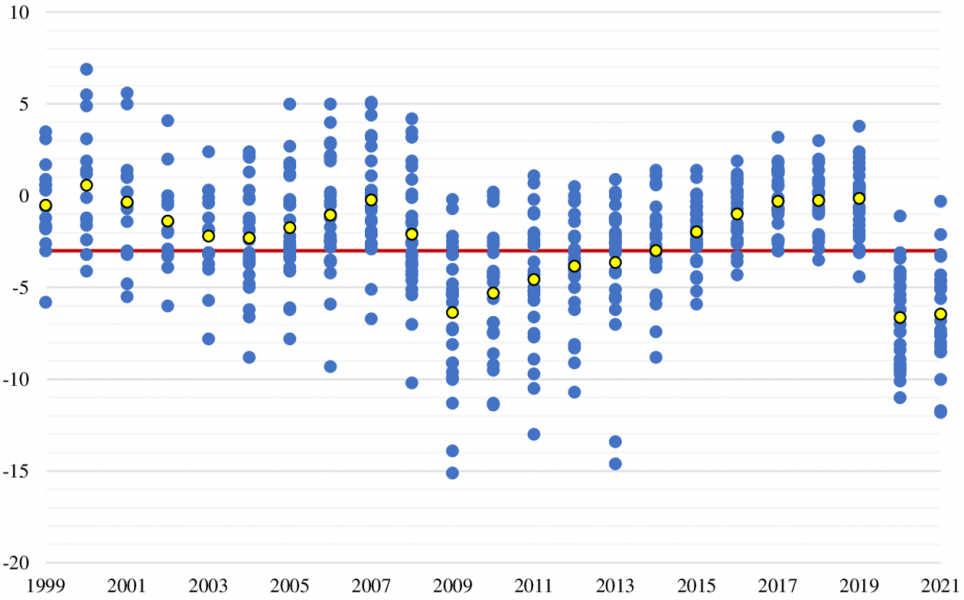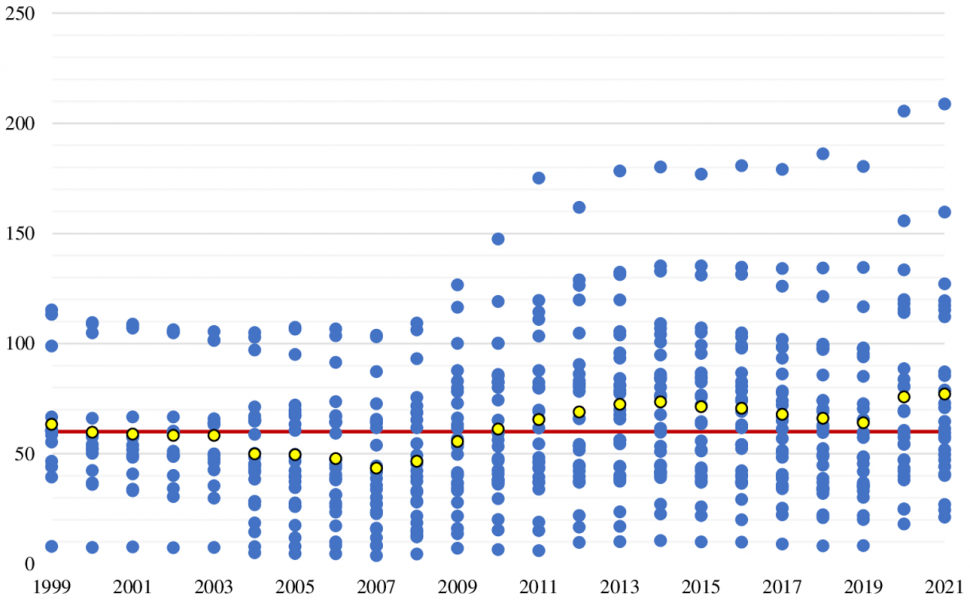References
Amtenbrink, F. and J. de Haan (2023) The European Commission’s approach to a reform of the EU fiscal framework: A legal and economic appraisal. European Law Review, forthcoming.
Caselli, F. and P. Wingender (2018) Bunching at 3 percent: The Maastricht fiscal criterion and government deficits. IMF Working Paper 18/182.
de Haan, J. and B. Gootjes (2023) National fiscal policy in EMU: Insufficient sustainability and stabilization? In Adamski, D., F. Amtenbrink and J. de Haan (eds), The Cambridge Handbook on European Monetary, Economic and Financial Integration, Cambridge University Press.
European Fiscal Board (2019) Assessment of EU fiscal rules with a focus on the six and two-pack legislation. Available at: https://commission.europa.eu/publications/assessment-eu-fiscal-rules-focus-six-and-two-pack-legislation_en.
Feld, L.P. et al. (2018) Refocusing the European fiscal framework. VOXEU. Available at: https://cepr.org/voxeu/columns/refocusing-european-fiscal-framework.
Gilbert, N.D. and J.F.M. de Jong (2017) Do the European fiscal rules induce a bias in fiscal forecasts? Evidence from the Stability and Growth Pact. Public Choice 170(1), 1-32.
Kamps, C. and N. Leiner-Killinger (2019) Taking stock of the functioning of the EU fiscal rules and options for reform. ECB Occasional Study 231.
Thygesen, N. et al. (2022) Making the EU and national budgetary frameworks work together. VOXEU. Available at: https://cepr.org/voxeu/columns/making-eu-and-national-budgetary-frameworks-work-together.






